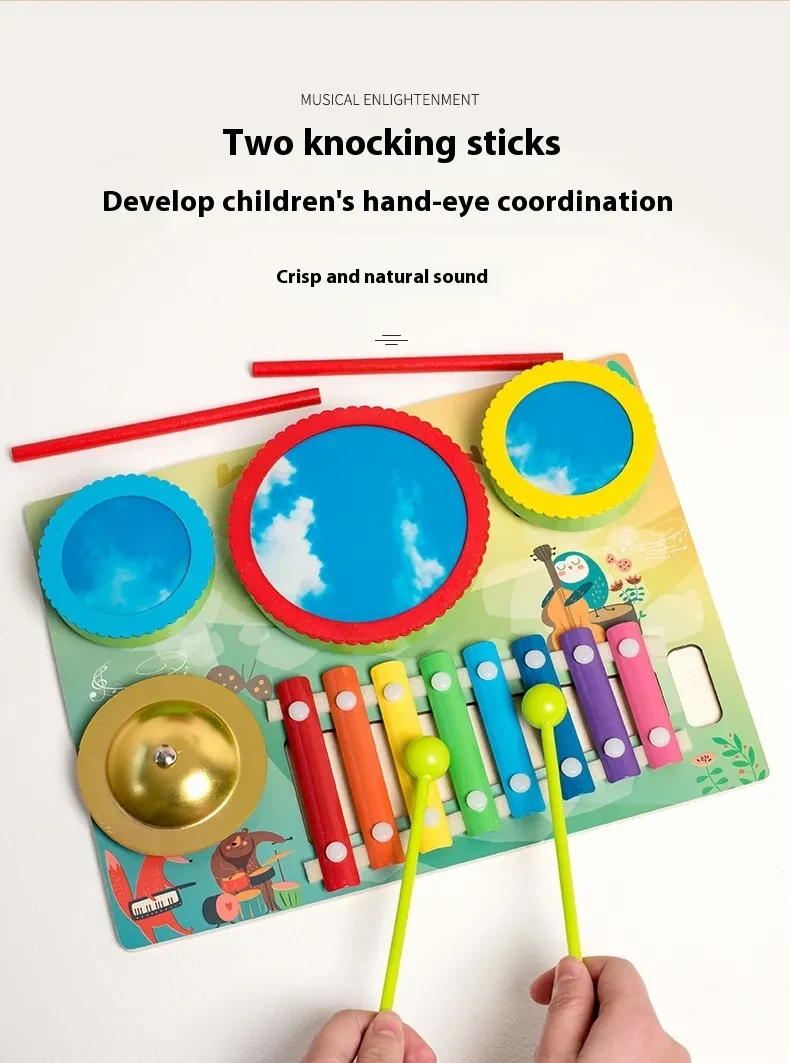
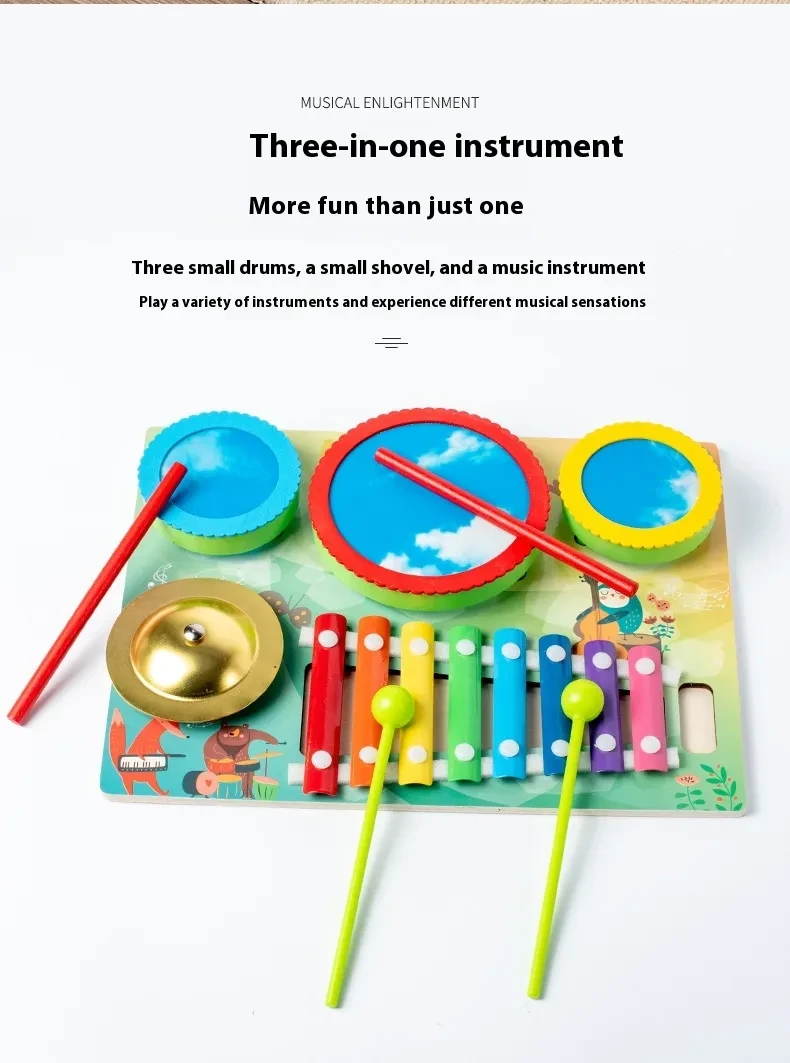
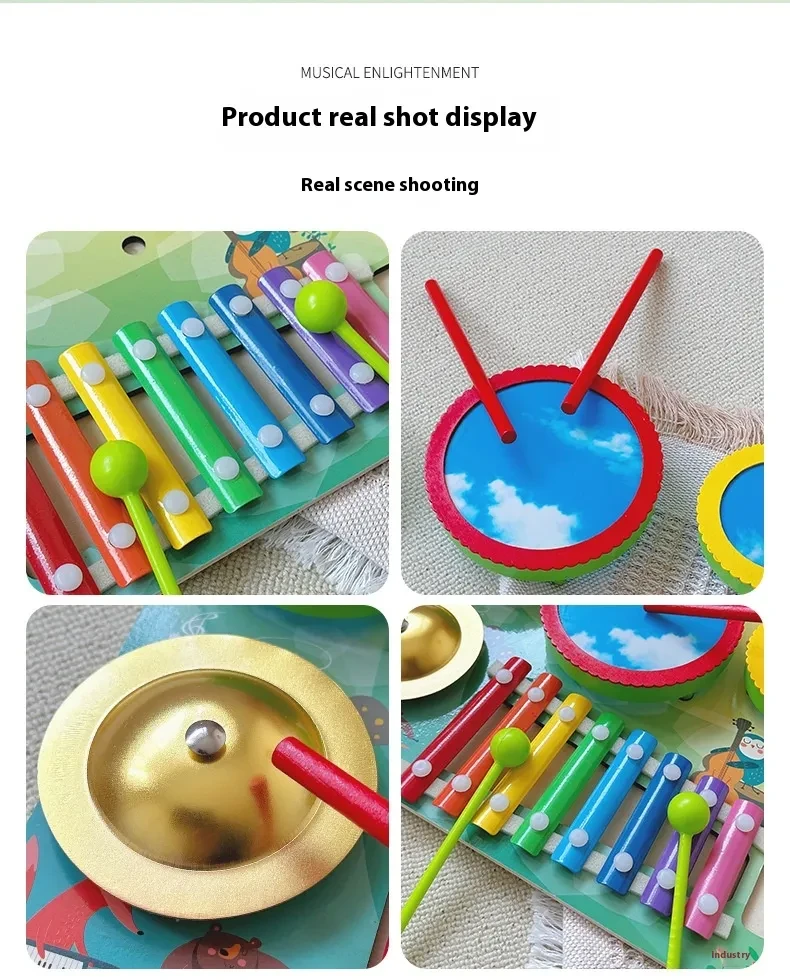
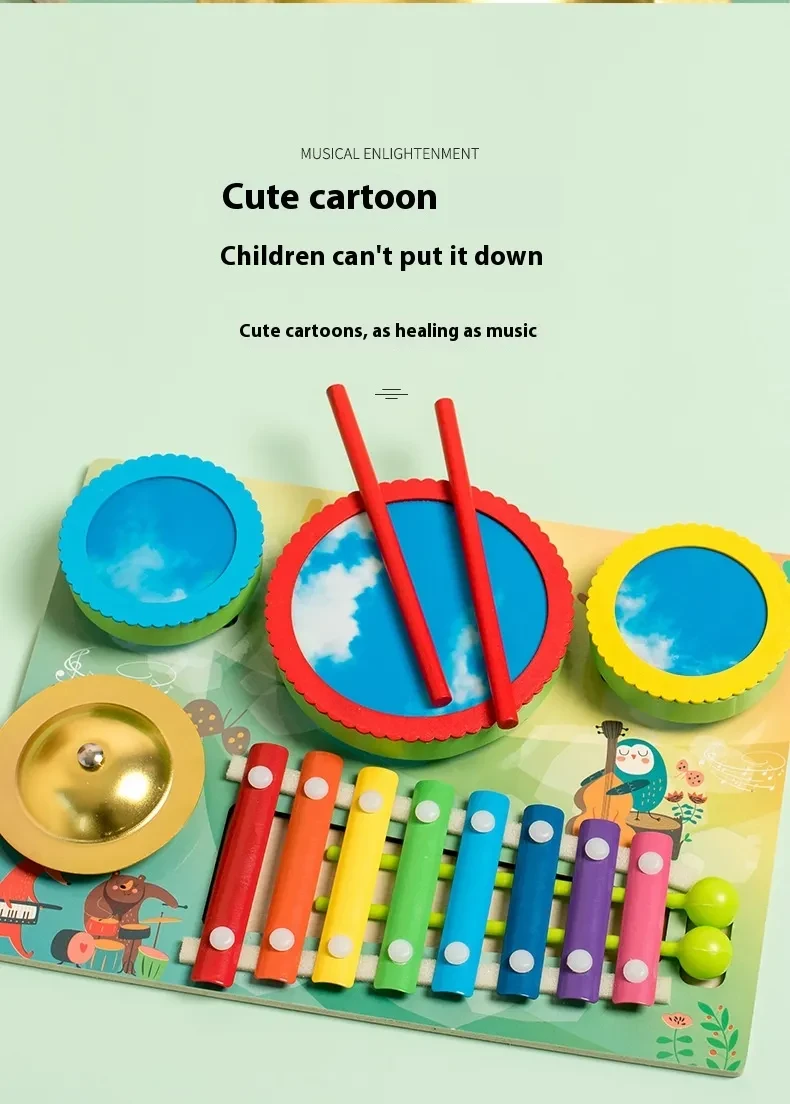
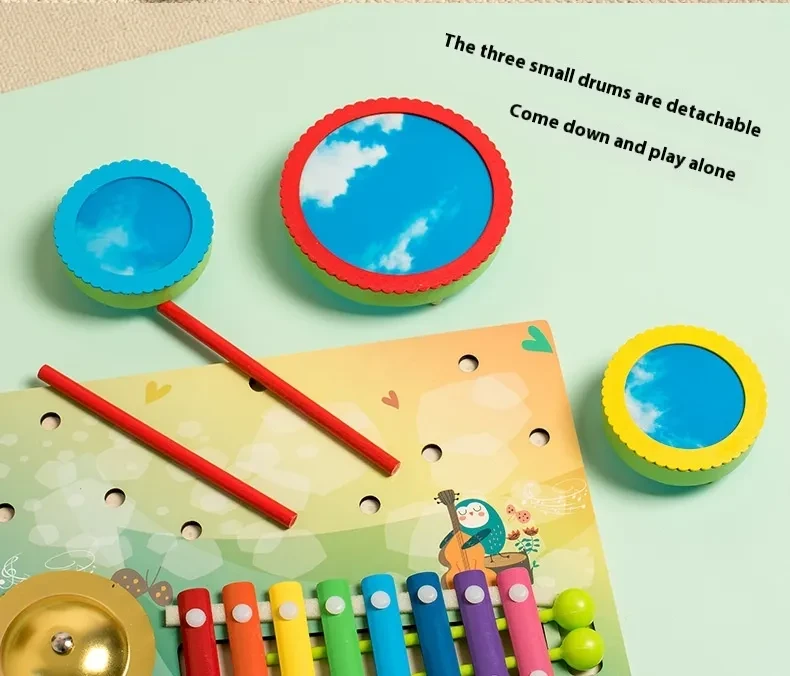

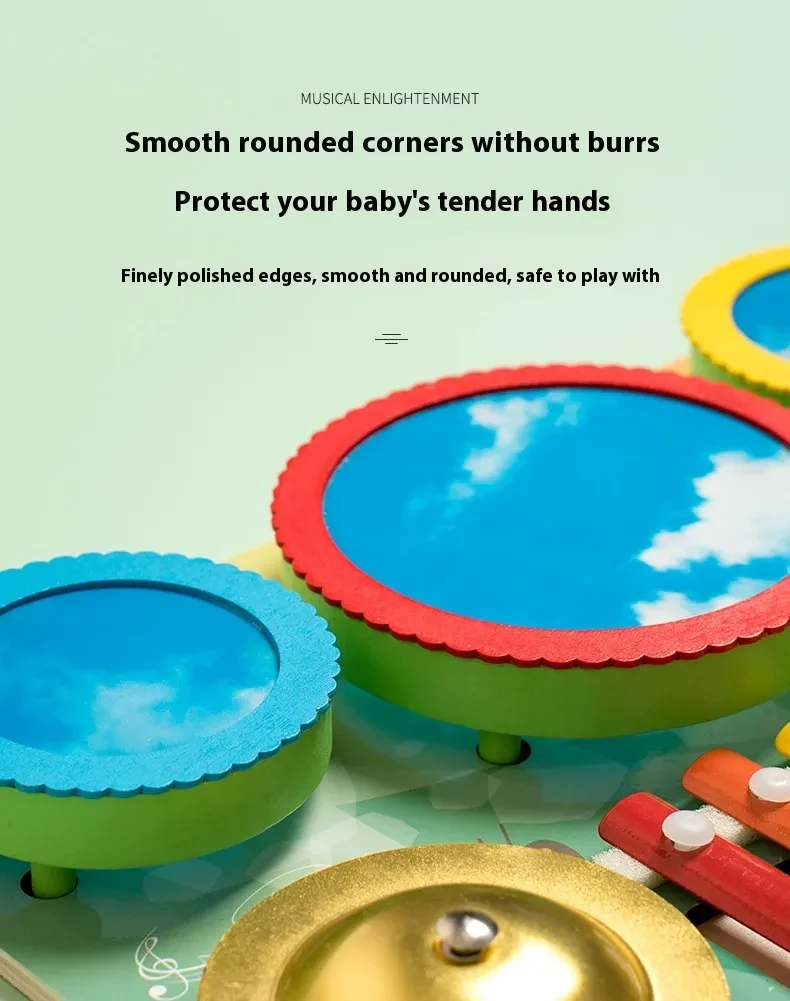
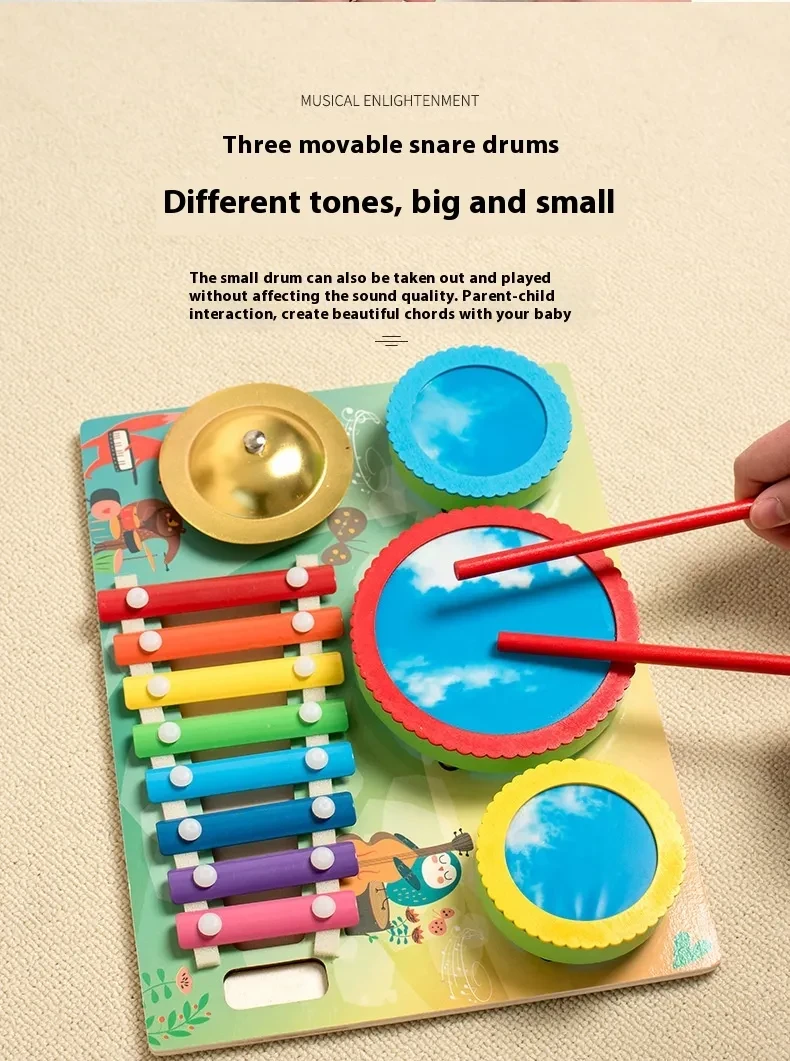

Glockenspiel Instrument
Introduction to the Glockenspiel
The glockenspiel is a popular percussion instrument known for its bright, clear, and melodious tones. Originating from Germany, its name means "bell play," a fitting description for this instrument that produces a sound similar to that of a bell. The glockenspiel is a staple in both classical and modern music, adding brightness and clarity to compositions across various genres. Whether you're a professional musician, a music teacher, or a beginner exploring the world of percussion, the glockenspiel is an instrument that offers both beauty and versatility.
In this guide, we’ll take a deep dive into the features, history, uses, and benefits of the glockenspiel. Whether you're looking to purchase one or simply interested in learning more about it, this article will give you a comprehensive understanding of the instrument.
What Is a Glockenspiel?
Construction of the Glockenspiel
A glockenspiel consists of a series of metal bars arranged in a keyboard-like fashion. The bars are typically made of steel or aluminum and vary in length to produce different pitches. These bars are mounted on a frame, with each bar tuned to a specific note, much like the keys of a piano. The shorter bars produce higher notes, while the longer bars produce lower ones.
The glockenspiel is played by striking the metal bars with mallets, typically made of wood, plastic, or rubber. The sound produced is bright and clear, and when played skillfully, it can mimic the sound of a bell or chime, which is why the instrument’s name is so fitting.
Different Types of Glockenspiels
There are two main types of glockenspiels:
-
Orchestral Glockenspiel: The orchestral version is typically larger and has a full range of notes. It is often used in
concert bands, orchestras, and professional performances. The bars on this version are longer and thicker, producing a deeper, more resonant
sound.
-
School or Student Glockenspiel: Smaller and more affordable, the school version is designed for younger musicians or
educational purposes. It usually has fewer bars, making it easier to handle and learn on. These glockenspiels are lightweight, portable, and
often come with a smaller range of notes.
How Does a Glockenspiel Work?
A glockenspiel works on the principle of resonance. When the metal bars are struck with a mallet, they vibrate at specific frequencies to produce musical notes. These bars are tuned to exact pitches, and the length, thickness, and material of the bars determine the pitch of each note. The sound resonates through the metal bars and the frame, creating the glockenspiel’s distinctive bell-like tones.
To control the sound, musicians use mallets that vary in hardness and size. Harder mallets produce a brighter, sharper sound, while softer mallets yield a more mellow tone. The choice of mallet and how it is struck can significantly alter the timbre and dynamics of the instrument.
Uses of the Glockenspiel
1. In Orchestral and Classical Music
The glockenspiel has a significant role in classical music. Its bright and clear tone adds a sparkle to orchestral pieces, often used for dramatic effect or to highlight certain sections of a composition. Composers like Igor Stravinsky, Ludwig van Beethoven, and Wolfgang Amadeus Mozart have incorporated the glockenspiel into their works, using it to create distinct and memorable sounds.
2. In Marching Bands and Concert Bands
In marching bands, the glockenspiel is used for its loud, attention-grabbing sound. It is often mounted on a stand or played by a performer who moves with the band, creating a visually striking presence while adding a distinct sound to the overall performance.
3. In Pop and Modern Music
Though the glockenspiel is primarily associated with classical and orchestral music, it has found its place in modern pop, rock, and experimental music. Bands and musicians use it for its bright sound, which stands out in a mix of instruments. Popular bands, such as The Beatles, have used glockenspiels to add an ethereal touch to their tracks.
4. In Educational Settings
Due to its simple design and ease of use, the glockenspiel is often one of the first instruments introduced to young students. It’s a great tool for teaching rhythm, pitch, and music theory basics. Many music teachers use the glockenspiel as a stepping stone for students before progressing to more complex instruments.
5. In Sound Design and Film Scores
The glockenspiel is also a favorite in the world of sound design, particularly for creating whimsical or magical effects in films, television shows, and video games. Its bell-like tones are often used in scenes to evoke a sense of wonder, fantasy, or innocence.
Benefits of Playing the Glockenspiel
1. Enhances Musicianship
Playing the glockenspiel requires the development of several musical skills, including pitch recognition, rhythm, and coordination. For beginners, it’s an excellent way to learn the fundamentals of music in a fun and engaging way. As players progress, they can tackle more challenging pieces and develop their overall musicianship.
2. Improves Hand-Eye Coordination
Striking the glockenspiel’s bars with precision improves hand-eye coordination. This skill is useful not only for musicians but also for anyone interested in improving their motor skills.
3. Provides a Fun and Expressive Outlet
The glockenspiel is a joyful and expressive instrument to play. Its bright sound makes it ideal for creating playful, upbeat music, and it offers a sense of accomplishment when learning new songs and performing for others.
4. Good for Students and Beginners
Due to its simple design and accessibility, the glockenspiel is ideal for young learners and beginners who are just starting their musical journey. It provides an introduction to music theory, instrument handling, and melody playing without overwhelming the player with complexity.
How to Choose a Glockenspiel
When purchasing a glockenspiel, consider the following factors to ensure you select the right one for your needs:
-
Size: If you’re a beginner or purchasing for a child, a smaller glockenspiel may be more suitable. Professional musicians
typically use larger models with a full range of notes.
-
Material: Look for glockenspiels made with high-quality materials, such as aluminum or steel, which produce the best sound.
Higher-quality materials will also ensure the instrument lasts longer.
-
Mallets: Some glockenspiels come with mallets included, but you may want to consider purchasing additional or specialized
mallets for varying sound effects.
-
Portability: If you need a portable glockenspiel for performances or practice, consider one that is lightweight and easy to
transport.
Conclusion
The glockenspiel is a delightful, versatile instrument that provides joy to musicians of all ages. From its vibrant tones in orchestral music to its whimsical use in pop and film scores, the glockenspiel is a beloved instrument for a reason. Whether you're a beginner learning to play, a professional adding a special touch to a performance, or a teacher introducing students to the world of music, the glockenspiel is sure to inspire creativity and musicality. With its accessibility, rich history, and unique sound, it's a must-have instrument for any musician's collection.
Ability Training: emotion, vision, intelligence development, crawling, hand-brain, grasping, sensory, hand-eye coordination, other ability
training
Color: percussion piano percussion drum, dinosaur percussion piano, percussion piano threading board, fruit cutting percussion piano,
percussion piano
Toy material: Wooden
Packing list:
Educational Toys*1set
Product Image:


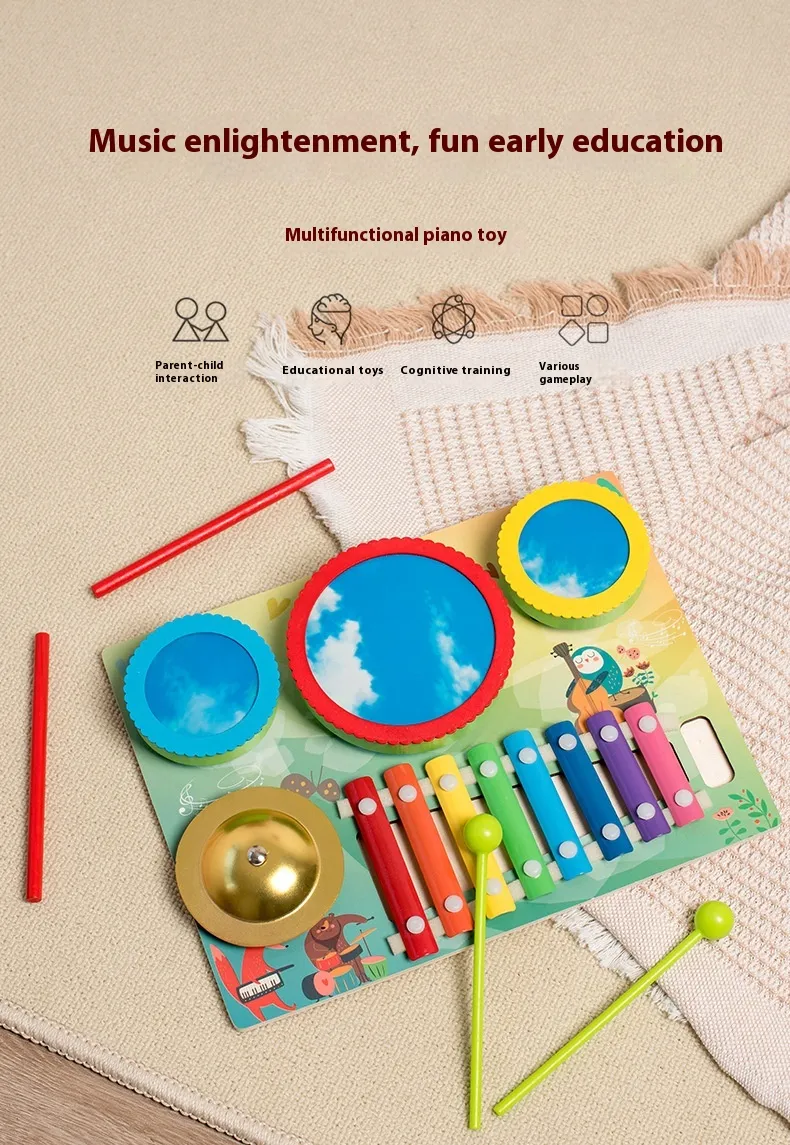



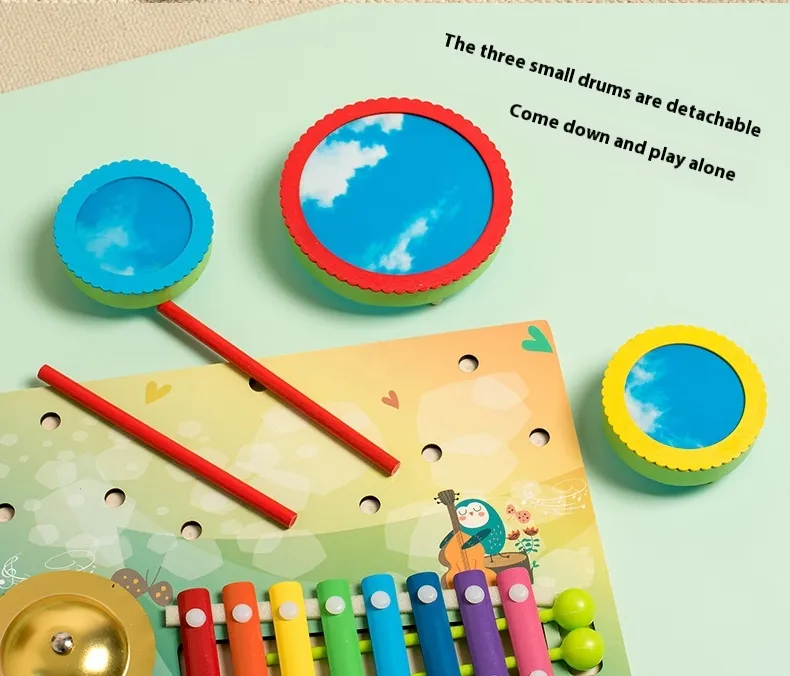




The product may be provided by a different brand of comparable quality.
The actual product may vary slightly from the image shown.
Shop amazing plants at The Node – a top destination for plant lovers

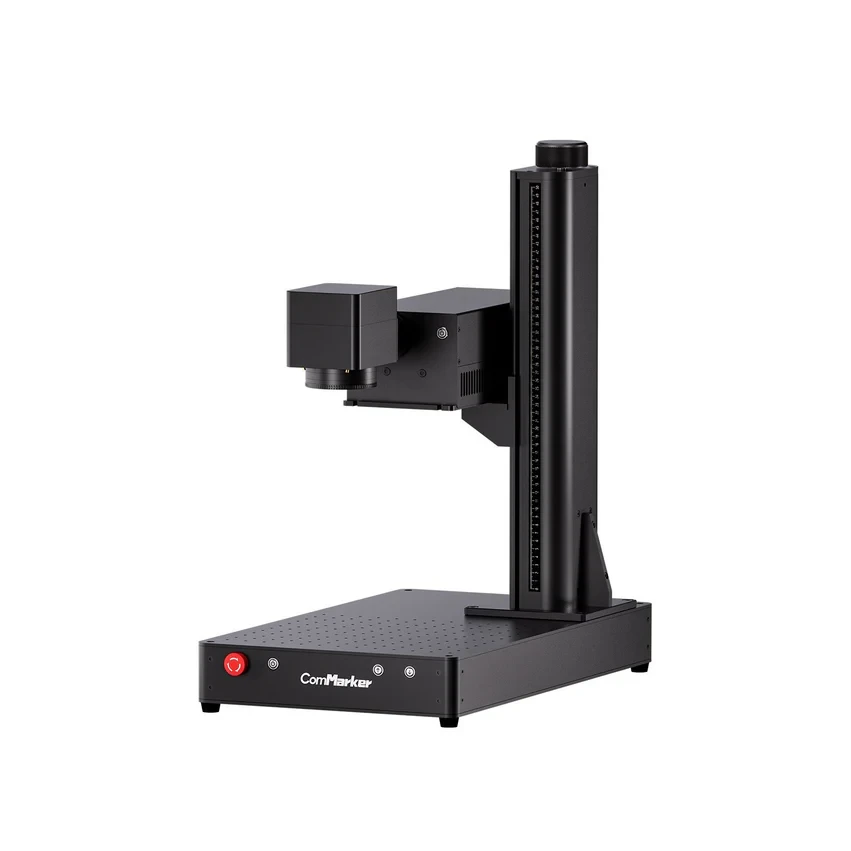

.webp)
.webp)



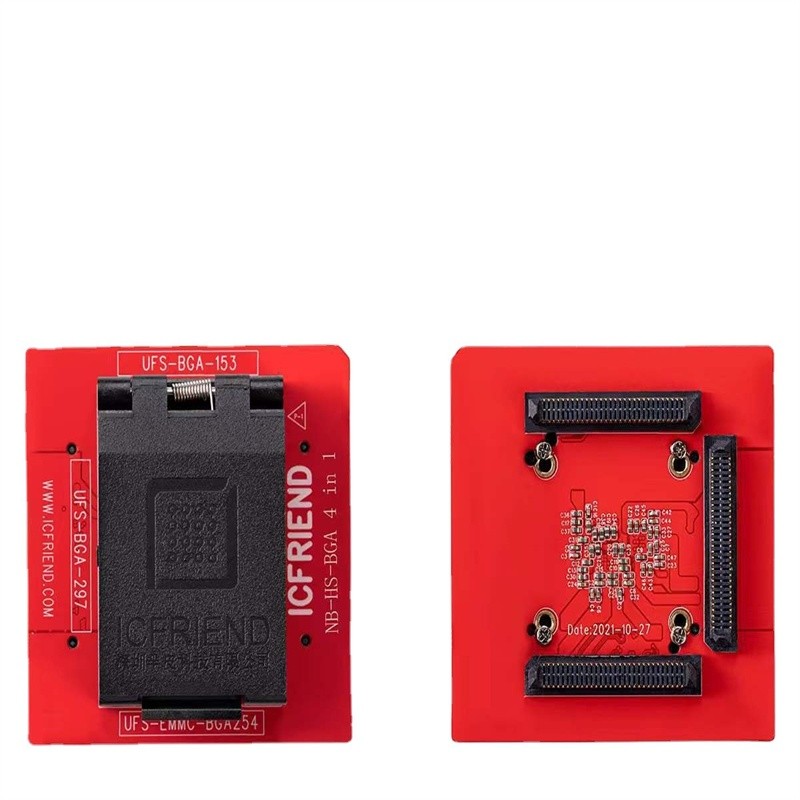


.webp)
.webp)



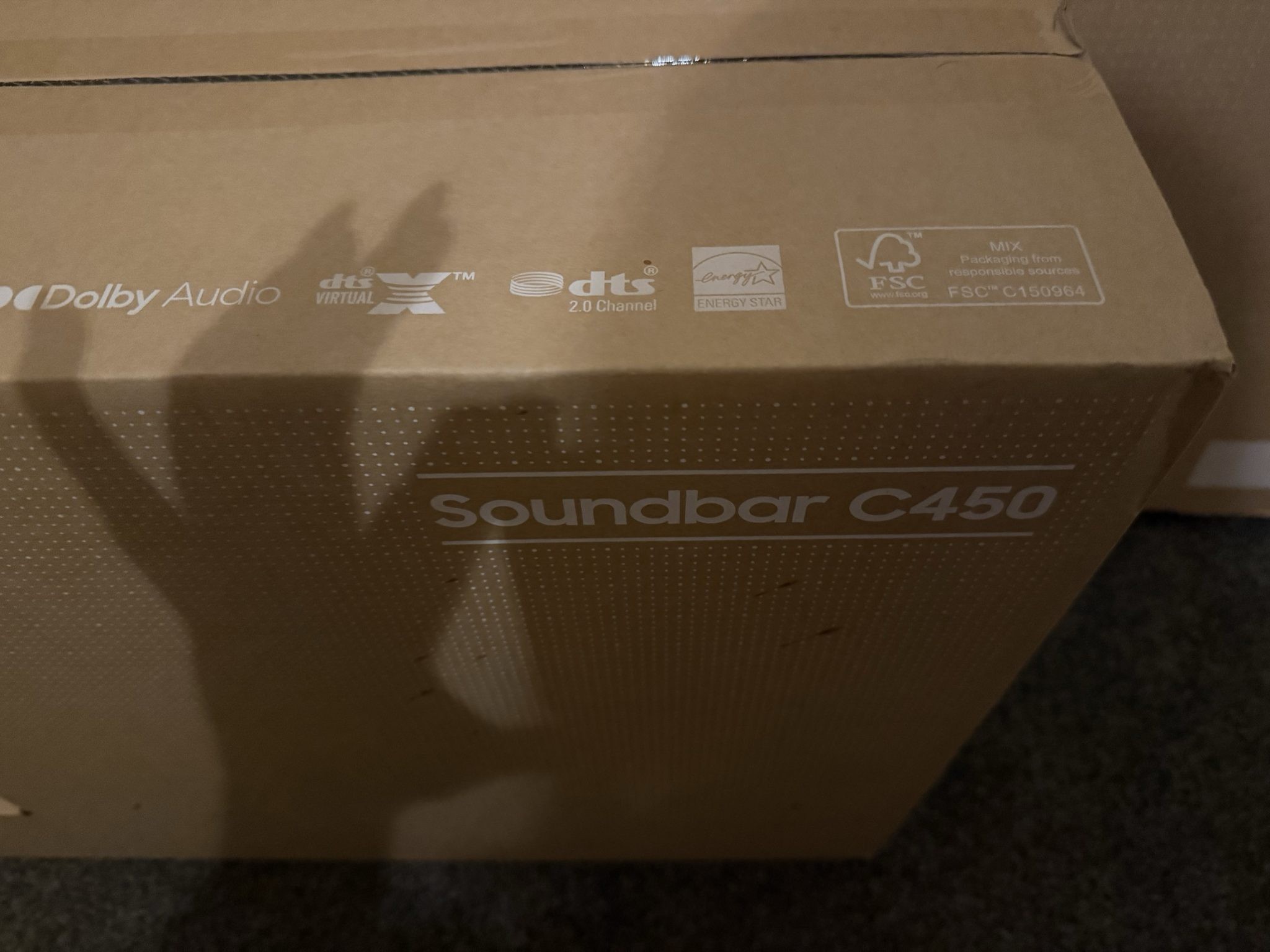









.jpg)
















































ulva-Logo.jpg)
